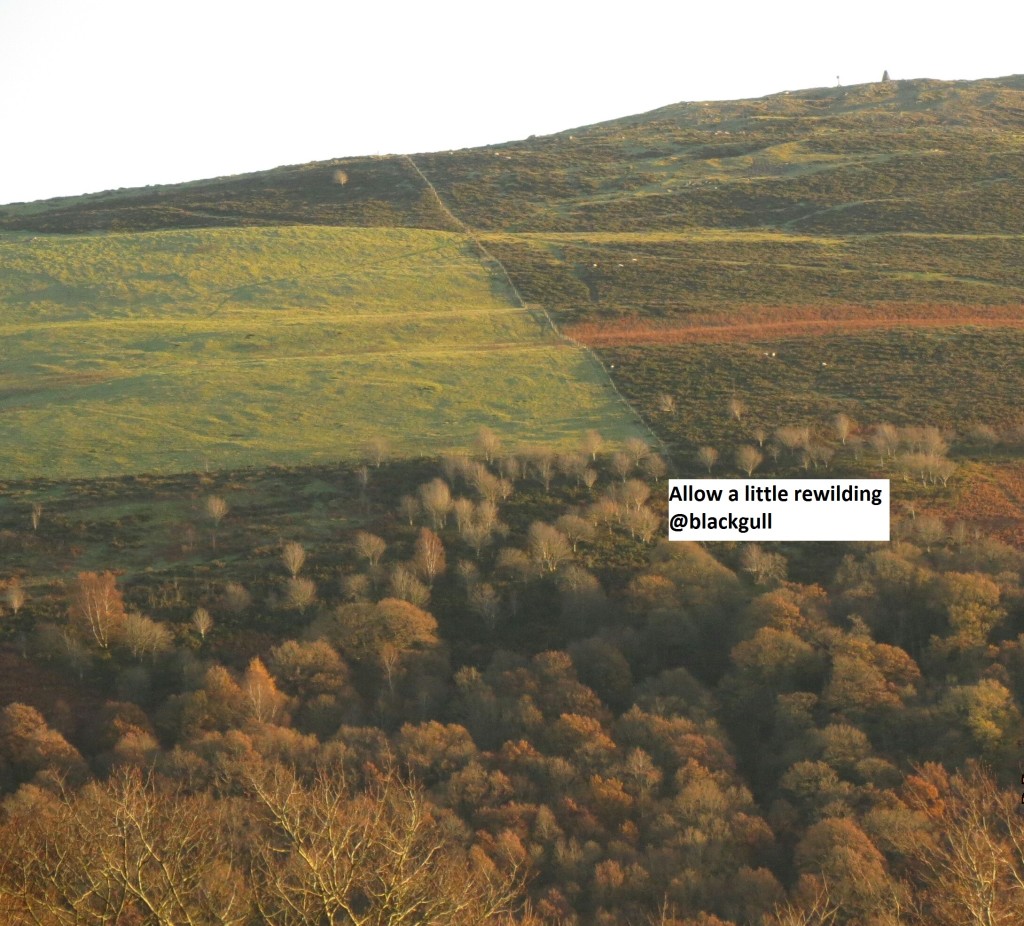Farm tenancies for a pound, controversial views on farming subsidies, ‘pricing out’ upland farmers – the National Trust hasn’t held back from headlines this year. (Updating Aug 17, Sept 19, Jan 20 infinitum)

A quarter of a century ago, I worked for the trust as an assistant land agent (to then qualify as a rural chartered surveyor) in the Thames and Chilterns region. Drawing up Countryside Stewardship projects in Wiltshire, designing and installing effluent schemes on Oxfordshire dairy farms and restoring grazed parkland, complete with iron railings, in west London.
Heady days in a surreal, and arguably, ‘uncommercial’ world.
Of course the trust is not any ordinary charity. It has its own Acts of Parliament, holds land inalienably, and is not required to act in its members’ interest but ‘promote the permanent preservation of land for benefit of the nation’. We could all argue over the thorny differences around preservation and conservation till the hefted Herdwick sheep come home.

The trust can take a far-sighted view in long term ‘tough choice’ public benefits rather than just reflecting short term ‘fired up’ public opinion. A braver than average charity – its trustees rejected a members’ resolution to only vaccinate badgers in 2013 and bombed an auction to buy a farm.
Latterly, various director generals have enjoyed the limelight. One announced that, ‘to reverse decades of damage to the countryside’, farmers should only be rewarded for managing land in a nature-friendly way while insisting there is no conflict between maintaining an ability to grow food and look after nature.
Another said farming the land is secondary, trees are the vital cause.

Much as they are seeking to stretch the vision, some ideas without more social nuance might be perceived as unrealistic as say a one pound peppercorn rent for a ‘£1 million iconic’ sheep farm.
Does aiming for media coverage (splendid for member recruiting), rather than supporting new tenants in handling visitors and keeping sheep out of town, take the mantle for trust PR?
Another tenant of the trust (Charlie Flindt) sagely pointed out that his farm subsidy ‘neatly matches‘ the annual rent. Perhaps the trust is hoping that, as land prices fall, and farmers go to the wall in a post-CAP subsidy world, more farmland might become available at knock-down prices?
Perhaps there’s a clue @NTChastleton with a tweak of their twitter profile – ‘Owned by the same increasingly impoverished farmers until 2020, farmland remained essentially unchanged for 40 years…’

Yes, with shifting baselines of Beatrix Potter’s landscape versus habitat, it is time for change in some areas but there’s no need to grab too many gimmicky headlines that risk losing traction with farm tenants and land managers tied into a challenging transition post-subsidy, pre-ELMS era.
Postscript Jan 18. The letting of a grouse moor to a progressive tenant is an opportunity to set a new model of how upland management practices can be improved while not fearing backlash from those ethically against any form of fieldsport, while also being able to manage or even face down a grandee such as Lord Bragg (2019).
Membership-hungry NGOs seeking to garner ‘recruitment headlines’ must not forget an ‘eco-anxiety’-prone public’s lack of understanding of rural issues, as seen in this research, may backfire on them.

I helped trust rangers in Wales think more about how to bring people with them (esp farm tenants), rather than announce visions without meaningful engagement – especially when setting out all the issues in a complex countryside are now more important than ever.

Glad there’s people like you to say things as they really are.
Rob – had no idea the NT already owns 90 farms in the Lake District – curious that they felt they needed yet another in order to “secure this beautiful landscape for the nation” – I feel farmers have been perfectly able to do this on their own, for the last few thousand years.
It may also be the because they own so much of the Lake District that it is still a beautiful place to enjoy and there are at least 90 farmers and their families living and working on that land.
I think we are only at the beginning of what will be a very long and winding road
I’m a land agent too. Admittedly a bit anti NT on account of the museumification of our countryside. Unless truly wild, all our landscape is constantly changing through man’s touch. Not always good – but always evolving. I don’t want to be a curator of a static asset. I want to keep evolving, experimenting and improving. That said, walking the coast path in Cornwall this summer, they do a good job of maintaining most of it – at some unsustainable cost and crazy stocking practices.
As a land manager in the remote north of Scotland, I would be genuinely interested in your definition of “truly wild”. Even in the remotest corners of this small and heavily populated island I can’t think of many (if any) areas of countryside that have not been altered by management practices. Some current, some older.
The impact of people is obvious to me, from the highest watershed to the deepest parts of our seas. The definition and management of “wildness” will be key element of the post CAP debate.
I am concerned that it could become a distraction from the focus required on the areas between the coast and the 300m contour, where most of us live, work ( and grow some food)